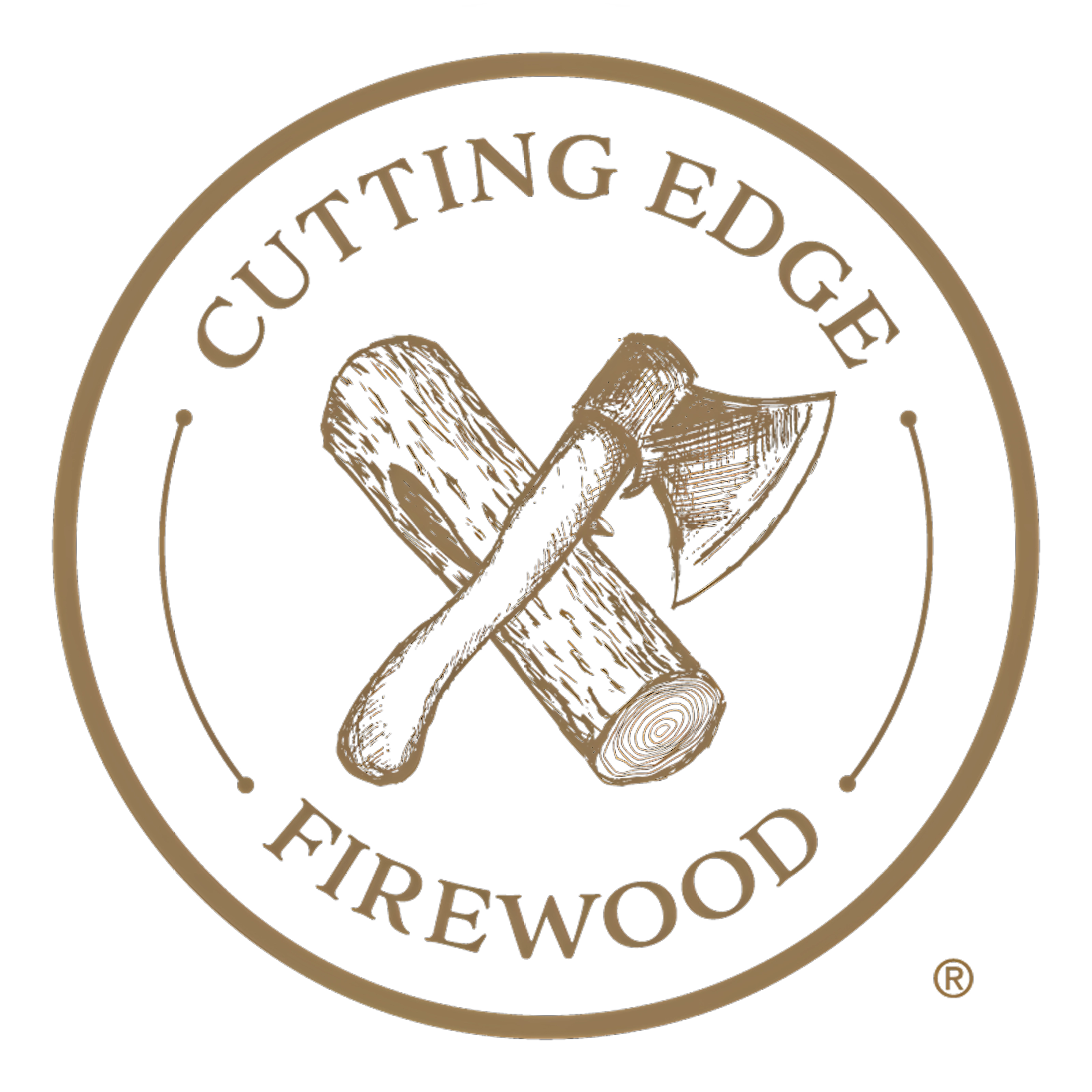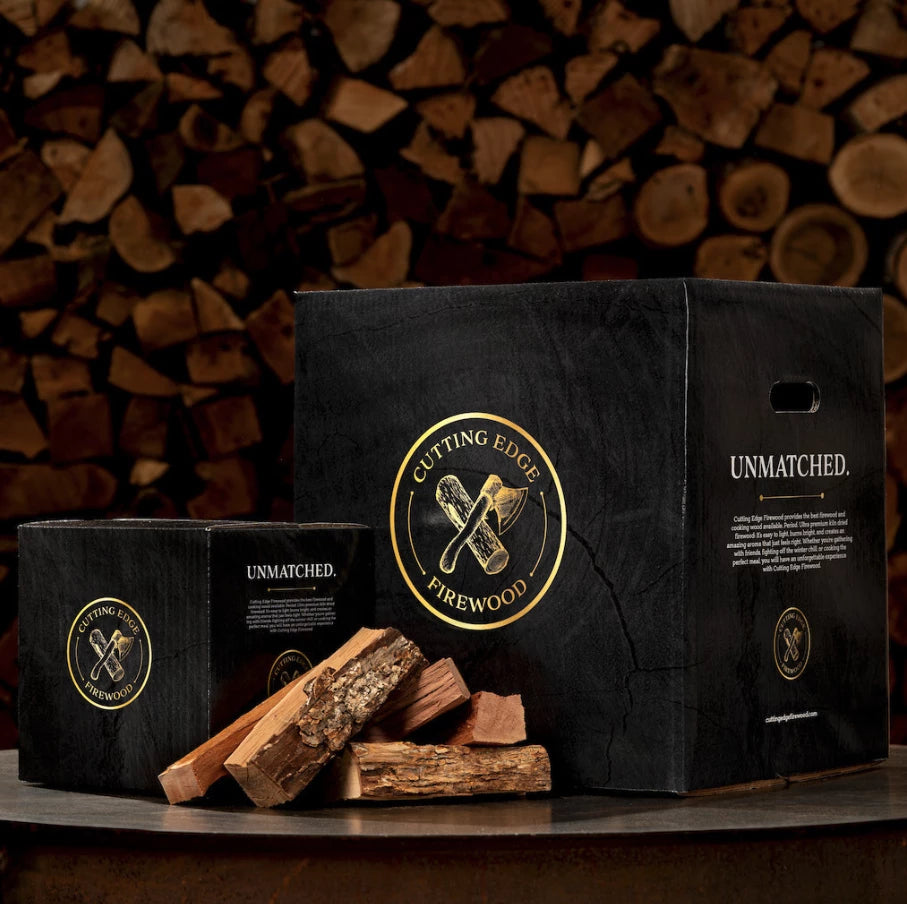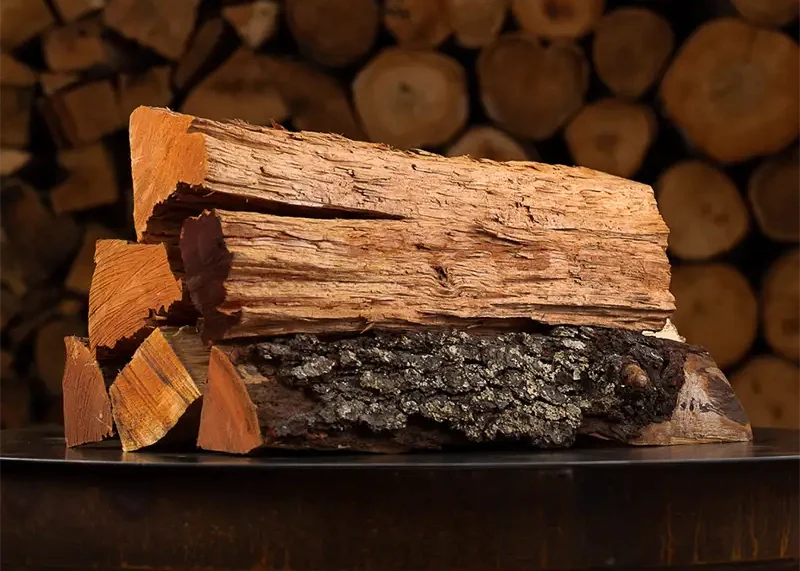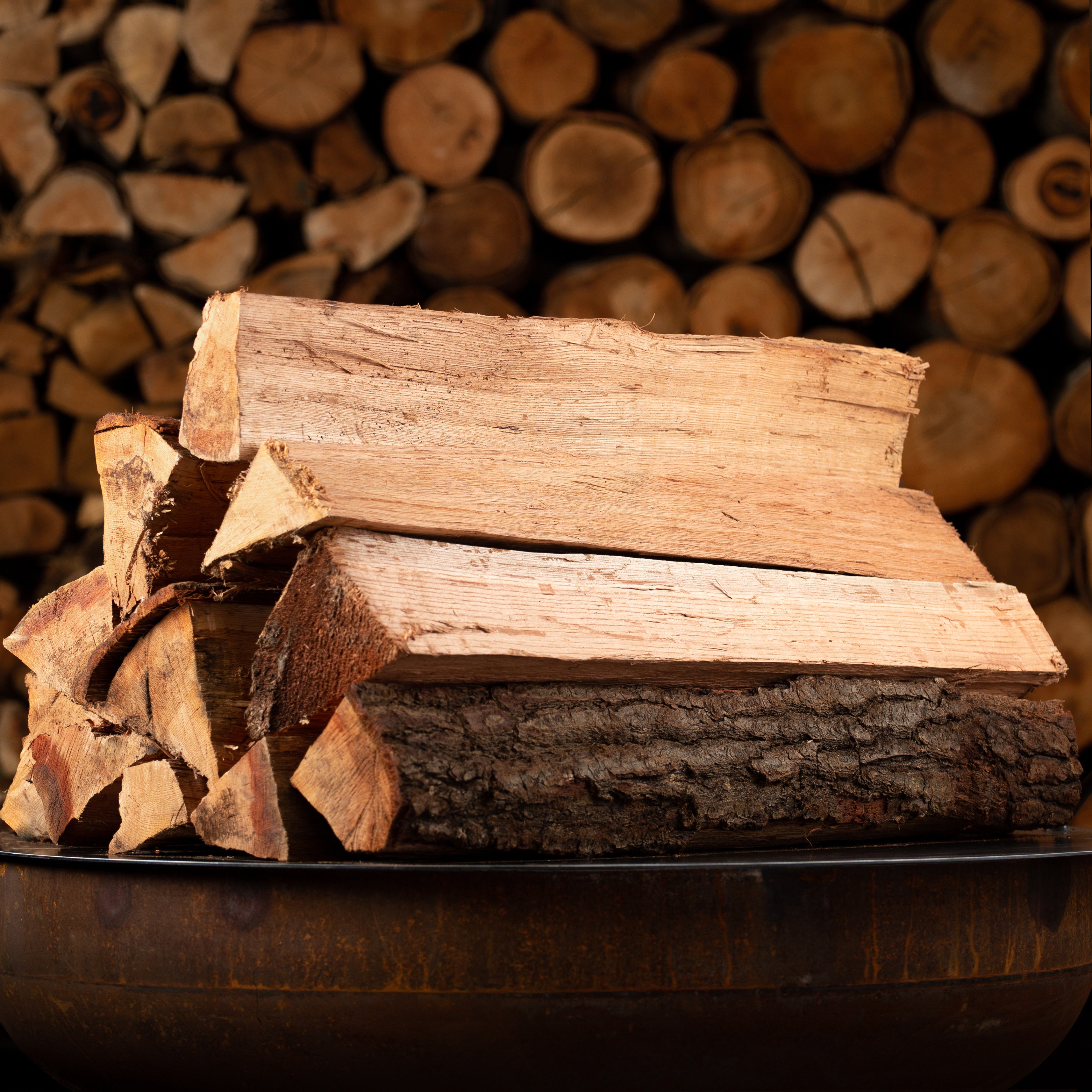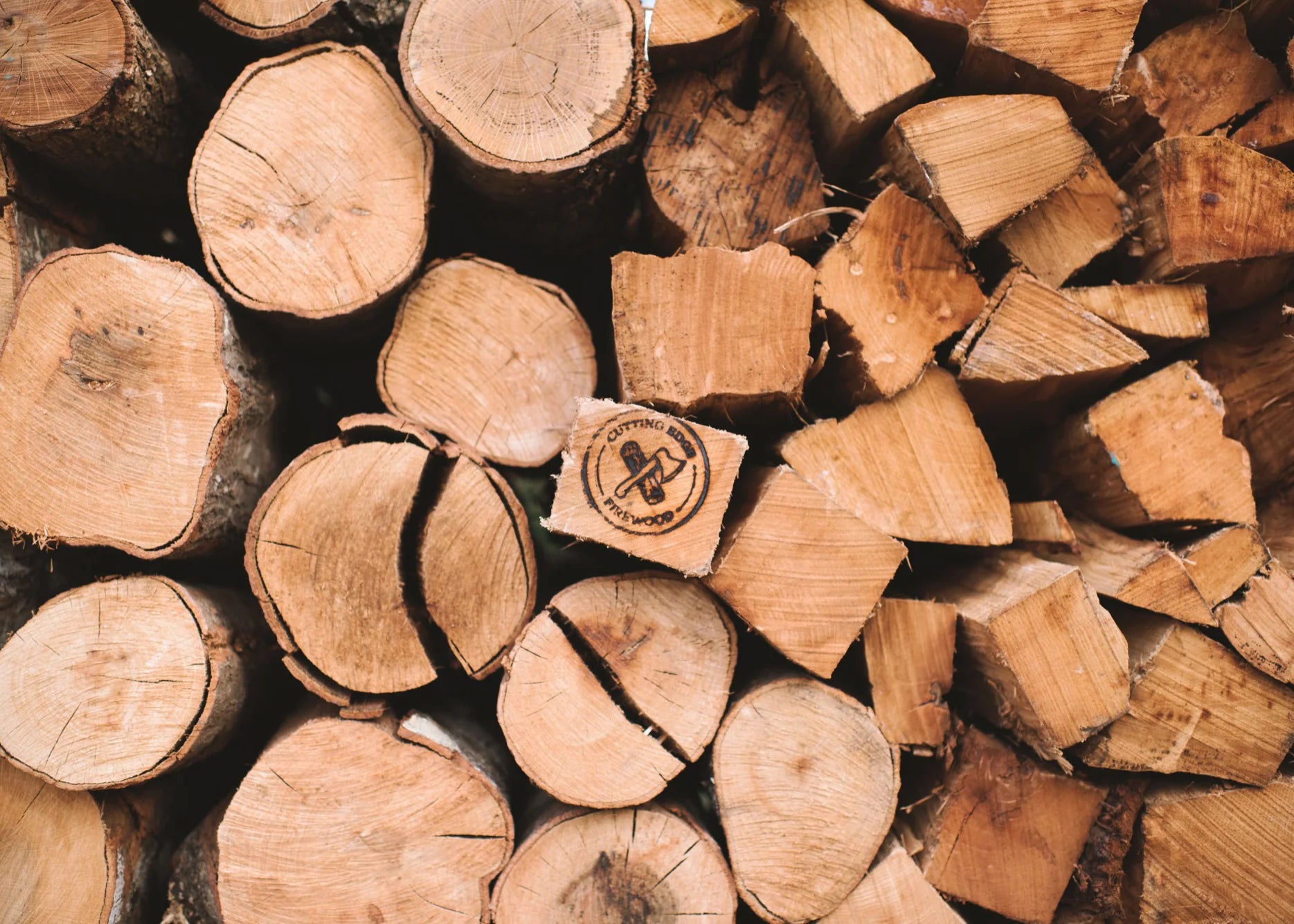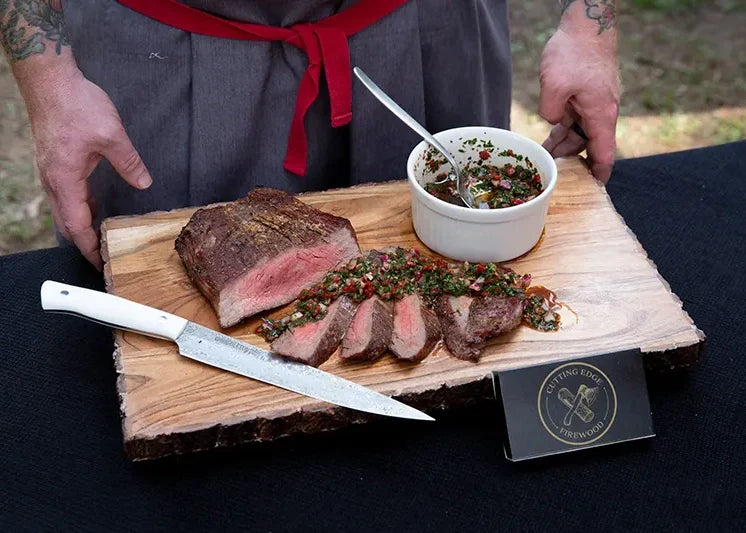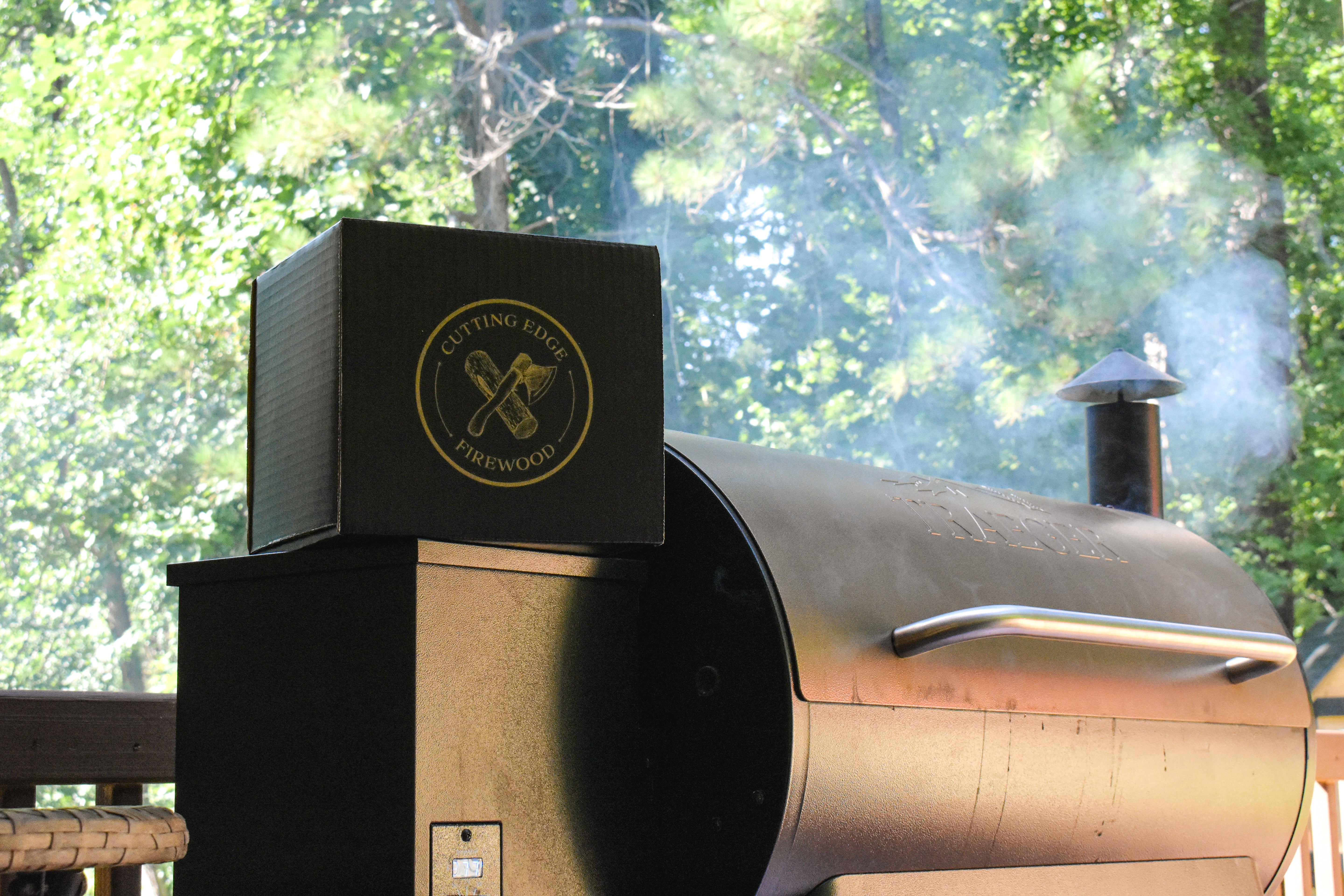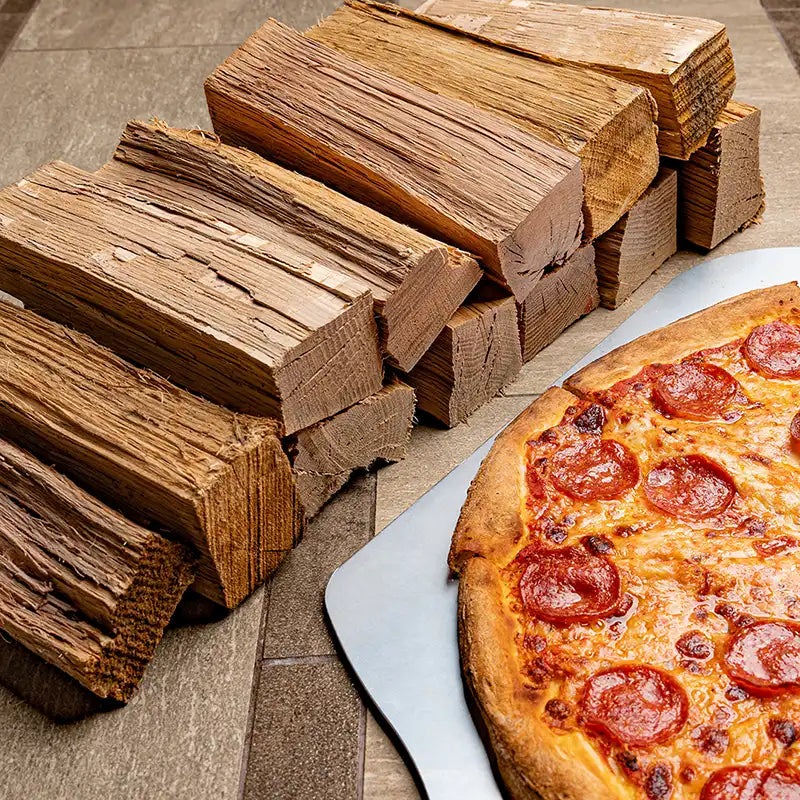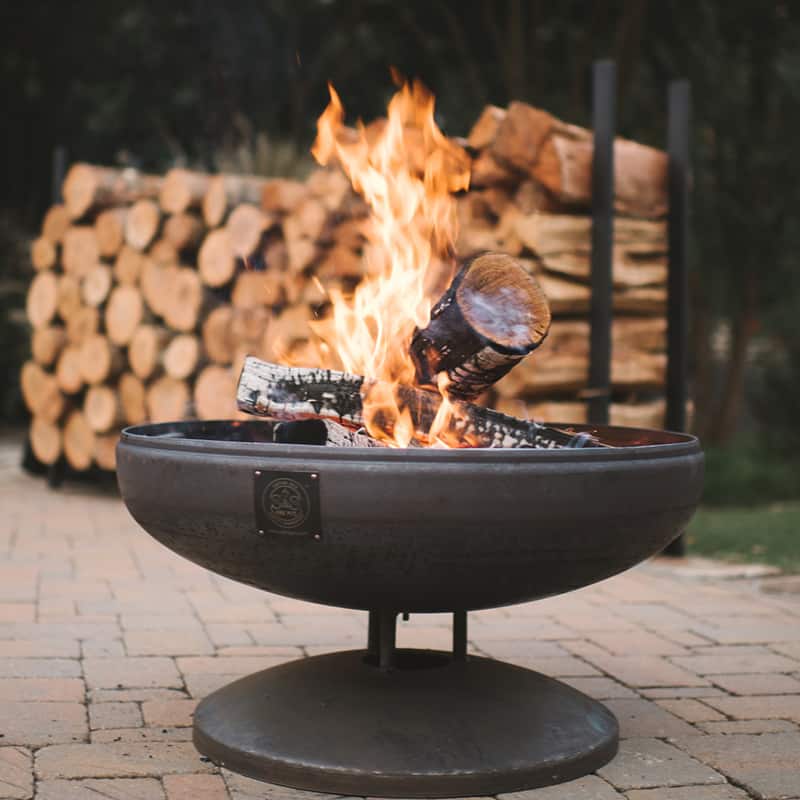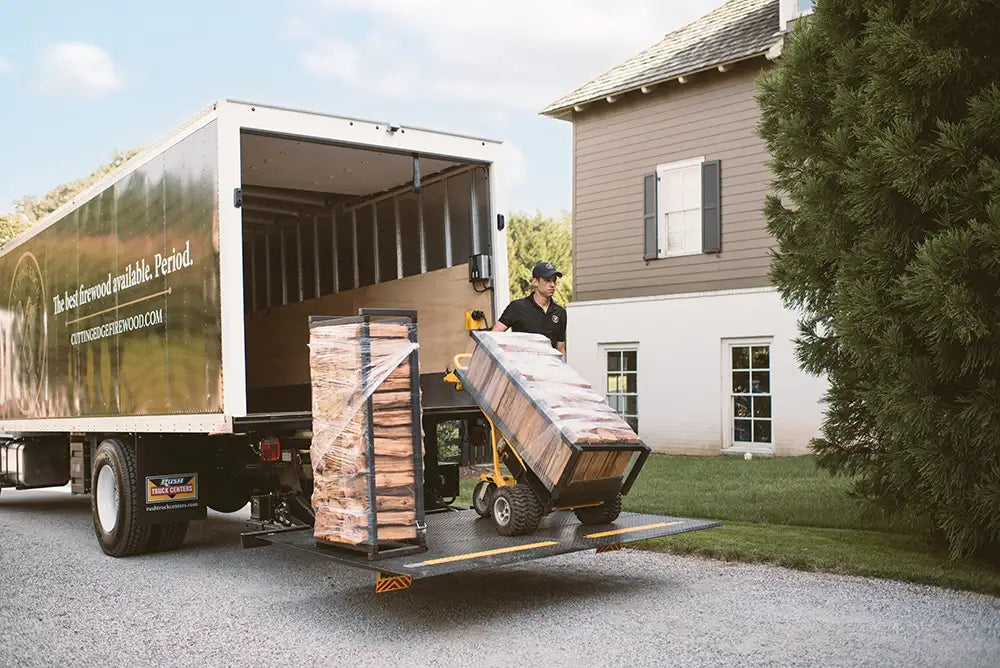A fire pit is a smart investment for your patio or outdoor living space. It will create a more comfortable and relaxing environment, allowing you to spend more time outdoors. Whether it's spring, summer, fall or winter, you can use a fire pit to build fires. While all fire pits offer a safe container in which to build fires, though, there are many different types of fire pits. So, how do you know which fire pit is right for your outdoor living space?
Fuel Type
All fire pits require some form of fuel to operate, the most common of which include liquid propane, natural gas and wood. Liquid propane fire pits use tanks, whereas natural gas fire pits use the same natural gas line to which your home is connected. Wood fire pits, on the other hand, use wood for fuel. There are certain advantages to using a liquid propane or natural gas fire pit, but they typically pale in comparison to wood fire pits.
Wood fire pits are inherently safer than their natural gas and liquid propane counterparts. Both natural gas and liquid propane are highly combustible, so fire pits using either of these fuel types are more dangerous than wood fire pits. Safety aside, wood fire pits produce a fragrant aroma, as well as a pleasing "crackling" sound, that's not found in natural gas or liquid propane fire pits.
Material
Different fire pits are made of different materials. Steel is a popular material in which fire pits are made. An alloy of iron and carbon, it's strong, durable and resistant to heat. You can also find fire pits made of aluminum. While aluminum fire pits usually cost less than steel fire pits, they are more likely to suffer from weather-related degradation. Over time, an aluminum fire pit will corrode, which can leave large holes behind in the bottom of the fire bowl.
Some fire pits are made of cast iron. Cast iron is even heavier than steel, but that doesn't necessarily mean it's a good choice of material for a fire pit. Cast iron fire pits are somewhat brittle and, therefore, prone to cracking. For these reasons, steel has become the preferred choice of material for fire pits. Steel fire pits are strong, durable and resistant to heat, allowing them to withstand the hands of time, all while offering a superior level of performance.
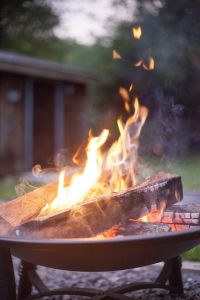
Legs
Fire pits typically have legs to elevate them off the deck, pavers or other surfaces on which they are used. The taller the legs, the higher the fire pit will sit. With that said, longer legs isn't always better. Fire pits with exceptionally long legs are more likely to topple over than those with shorter legs. If the legs are too short, on the other hand, the fire may scorch or burn the surface on which it's used.
If a fire pit doesn't have legs, you'll need to place it on a heat-resistant surface. You can build a special pad for your fire pit using brick pavers. Alternatively, you can purchase and use a fire pit pad. Fire pit pads consist of a flat and flexible piece of heat-resistant material that's used to protect decks and other surfaces from the heat generated by a fire pit. The bottom line is that your fire pit needs either legs, brick pavers or a pad to protect the surface on which it's placed from heat-related damage.
Size
Of course, you should consider the size when choosing a fire pit. Fire pits are often measured by the diameter of their fire bowl. Some of the smaller fire pits have a fire bowl measuring about 25 to 30 inches in diameter, whereas larger fire pits have a fire bowl measuring 42 inches or more in diameter.
With a larger fire pit, you'll be able to build larger fires. Assuming it's a wood fire pit, it will accommodate more wood. And because wood offers fuel for to the fire, it will create brighter and hotter flames. Just remember to choose a size that's appropriate for your outdoor living space. If your outdoor living space is small, you may not have the luxury of using a large fire pit -- and that's okay. As long as it's a high-quality fire pit with a deep fire bowl, it will offer a high level of performance.

Portability
Something else to consider when choosing a fire pit is portability. In other words, how easily can you move the fire pit? Most commercially produced and sold fire pits are portable, though you can build a stationary fire pit using the right materials and tools. Of those two options, you'll experience better results with a portable fire pit.
You can easily move a portable fire pit to different areas of your outdoor living space. If you're renovating your outdoor living space, for example, you may want to move it to the opposite site -- something that's not possible with a stationary fire pit. You can also take your portable fire pit camping or tailgating. As long as it's cool to the touch, you can pack up your portable fire pit and hit the road with it.
Price
How much are you looking to spend on a fire pit? When shopping for a fire pit, you'll quickly realize that the prices vary. Some fire pits are available for as little as $100, whereas others cost over $1,000. Not surprisingly, natural gas and liquid propane fire pits tend to cost more than wood fire pits. A natural gas or liquid propane fire pit may cost over twice as much as a wood fire pit. If you're looking to save money, this is one more reason to choose a wood fire pit.
Aesthetics
Considering that a fire pit will serve as the focal point for your outdoor living space, you can't ignore aesthetics when choosing one. Low-quality fire pits tend to feature a basic construction that isn't particularly attractive or stylish. You may be able to build fires inside a low-quality fire pit, but it won't enhance your outdoor living space.
Rather than choosing a low-quality fire pit with a basic construction, consider choosing a high-quality fire pit that's designed with an emphasis on aesthetics. A rustic steel fire pit, for instance, offers a modernly stylish appearance that's all-but-guaranteed to complement your outdoor living space. Fire pits are available in countless other styles, but you can't go wrong with rustic steel. They offer the perfect blend of aesthetics and performance, making them an excellent choice for your outdoor living space.
There are hundreds if not thousands of different fire pits on the market. To get the most use and value out of a fire pit, you need to choose the right type for your outdoor living space. Consider the fuel type, material, legs, size, price and aesthetics when choosing a fire pit. Doing so will allow you to take full advantage of your new fire pit.
Experience the difference kiln dried firewood makes in your outdoor fire pit by visiting our firewood for sale today. Cutting Edge Firewood is the Southeast's premier vendor of high-quality kiln-dried firewood. We offer a variety of the industry's finest firewood, including oak, hickory, cherry and more, all of which you can use in your outdoor fire pit.
